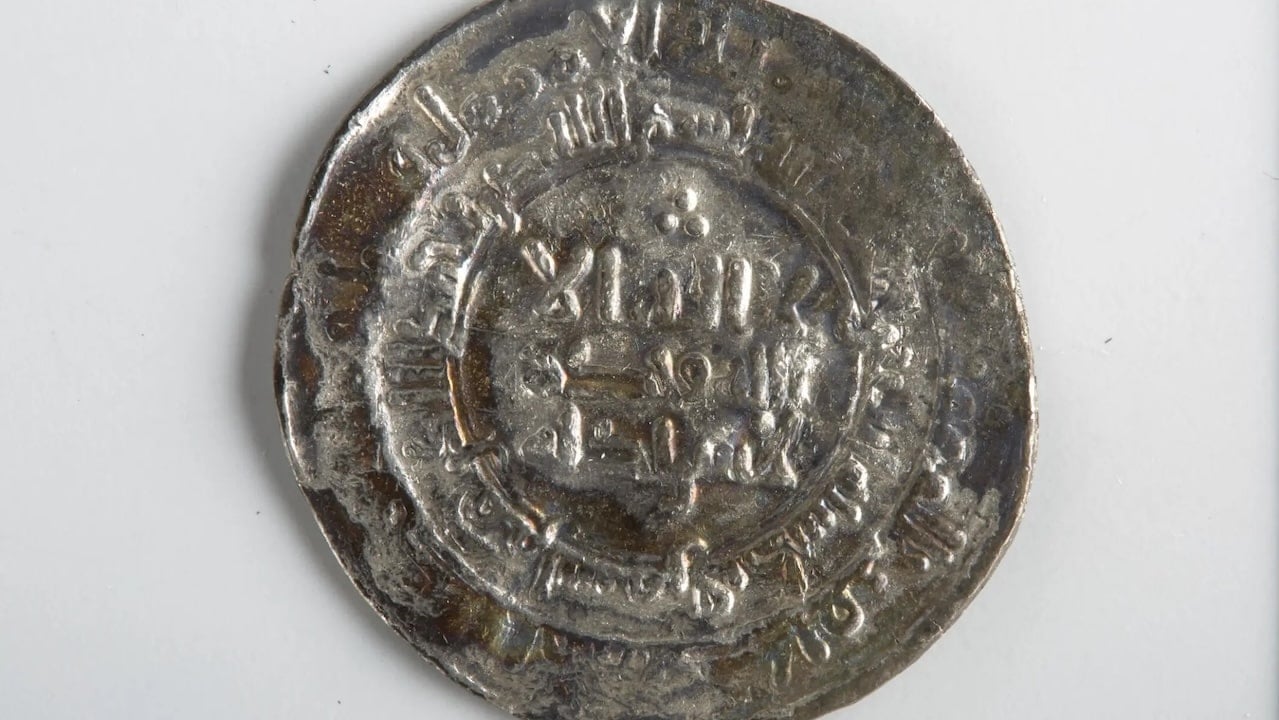(Mike Maharrey, Money Metals News Service) If I travel to another country, I’ll generally need to make a currency exchange before I can go shopping. I’ll have to swap my dollars for euros if I’m in Europe, or yuan if I’m in China, or perhaps lira if I’m in Turkey. However, in ancient times, a currency exchange wasn’t necessary because the money had intrinsic value that was recognized worldwide.
The amount of Islamic silver that found its way into Scandinavia attests to the portability of money in the ancient world.
In 1844, a farmer discovered a large trove of silver in a field. A Viking likely buried the treasure. It included jewelry along with a large number of silver coins with Arabic inscriptions.
The dates on the coins, known as dirhams, indicate that they were minted during the Abbasid Caliphate.
You might think the find was some kind of anomaly, but it wasn’t. As it turns out, people have discovered a large number of Arabic coins scattered across Viking lands. Swedish archaeology professor Martin Rundkvist described the phenomenon in a 2024 article.
“It seems that if you send 25 [metal] detectorists onto the land of a farm in agricultural southern Sweden for three days and keep them from moving around too much, they always find a few dirham coins.”
One scientist said perhaps 1 billion dirham coins found their way into Scandinavia between 800 and 950 AD.
According to an article in Science Norway, these coins “have been found in settlements, marketplaces, buried treasures, and scattered around where people lived. The Norse must have been well acquainted with these coins with mysterious inscriptions.”
So, how did Islamic silver end up in Scandinavia?
Trade.
The Vikings traded furs, slaves, animal hides, and reindeer antlers for silver.
It appears the coins were then circulated locally. Some of the coins were cut. This was a primitive way of making change, as the value of a coin was determined by its weight. There is also evidence that some of the coins were melted into small bars suitable for trade.
We see another indication of daily use in the tiny notches found in many of the coins, indicating people took small shavings to test the purity of the metal.
Historians say the allure of silver flowing into the area may have motivated young Viking men to strike out seeking riches.
The use of Islamic silver in the Viking economy underscores an important point. Silver is money, and it is recognized as such, no matter where you are (in space and time). People may not take your dollars, or your euros, or your yuan, but virtually everybody will accept silver as payment.
In fact, you could take the 1,100-year-old silver coins dug up in a Norwegian garden over 100 years ago and spend them around the world today.
Try to do that with a paper dollar bill in 1,000 years from now!
(Photo: Mårten Teigen / CC BY-SA 4.0)
Mike Maharrey is a journalist and market analyst for Money Metals with over a decade of experience in precious metals. He holds a BS in accounting from the University of Kentucky and a BA in journalism from the University of South Florida.

